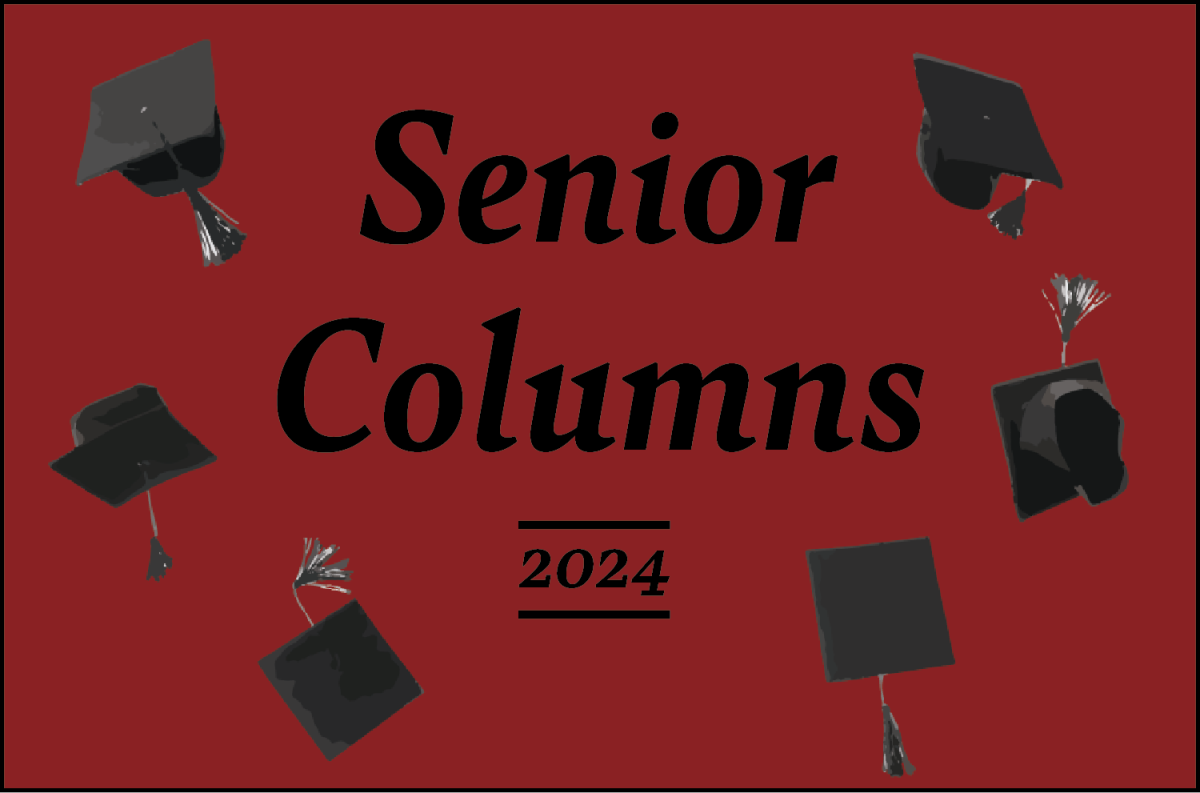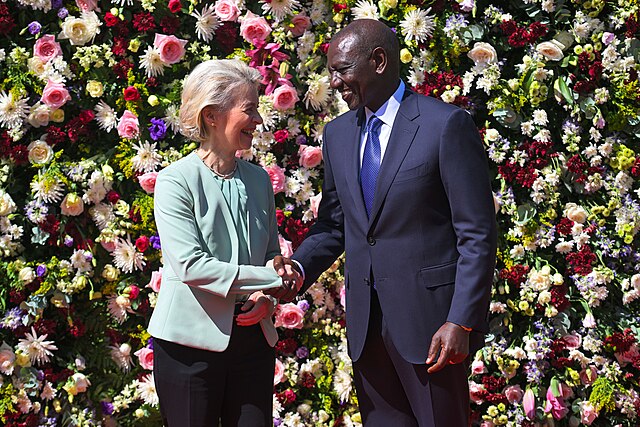In the age of digital media, it is easy to get lost in a whirlwind of information. News is thrown in our faces every day, whether we want to see it or not. Websites like Facebook, Twitter and Instagram have made it much easier to access news but have created a paradox in that this news is not often trustworthy nor factual.
It has become necessary for consumers and journalists alike to understand the quality of the news they are reading. If we examine the ingredients on the back of a cereal box before we purchase it to ensure that we are purchasing a high quality good, why shouldn’t the standard for our news consumption be the same?
As a journalism major at the University of Massachusetts, I have been able to take several courses on the subject of news and media literacy. My experience in these courses have helped me to look at the media I consume through a more critical lens: I can more easily see when a news story seems suspiciously lacking in facts or spot bias in a certain publishing organization.
The ability to critically examine media is more important now than ever. The perpetuation of the idea of “fake news” has allowed consumers to denounce media that they simply don’t agree with as false and exist inside their own media bubble. This contributes greatly to division within our nation – media consumers avoid reading information which conflicts with their own ideas. The most prominent example of this comes with the 2016 election. Donald Trump’s victory came as a shock to pollsters and media outlets who had predicted a win for Hillary Clinton, partly because, as Politico reports, “[t]he national media really does work in a bubble.”
The idea of a media bubble exists not only within the actual media, but also within the media that reaches consumers. Twitter’s Help Center reveals that the company tracks the data of Twitter users in order to “personalize” their timelines: “we may consider your visits to other websites that integrate Twitter content (such as embedded timelines). For example, if you regularly visit birdwatching websites, we might suggest accounts that frequently Tweet about that topic or show you ads for binoculars or birdfeeders.” It stands to reason, then, that if a user interacts with websites or tweets of a certain political viewpoint, Twitter will show them more of that content, rather than show media which challenges the biases of its users.
The problem with media literacy goes beyond the idea of the media bubble. There are instances of journalists getting their facts wrong – most recently with the untimely death of basketball superstar Kobe Bryant and his 13-year-old daughter Gianna. In the rush to be one of the first to report on the death, major media outlet ABC reported false information. Kan reporter Amichai Stein said in a now-deleted tweet, “#BREAKING: ABC News is reporting that Kobe Bryant’s 4 young daughters were on the plane with him when the helicopter crashed.” This was later found to be incorrect, and instead of correcting their mistakes and admitting accountability to ebb the spread of the false information on social media, ABC simply deleted their tweets and stories.
So how can the average consumer recognize warning signs in media, and how can journalists hold themselves accountable? schooljournalism.org provides a guide with their six principles of news literacy. They define news literacy as “the acquisition of 21st-century, critical-thinking skills for analyzing and judging the reliability of news and information, differentiating among facts, opinions and assertions in the media we consume, create and distribute.” It is not easy to narrow down all the aspects of good news literacy, but in short, fact-checking is key. Journalists and their audience should seek to verify information from multiple reputable sources, such as the Associated Press website, before proceeding with a story. Fact-checking and verification ensures that the information provided to the public is the most accurate.
There is also the issue of discerning opinion from fact and detecting bias within every story. No one is free from bias, though journalists should always strive to report only the facts of a story without personal narrative. But the responsibility to challenge bias does not just fall on the media. Consumers should actively seek out reputable media that challenges their established beliefs and opinions in order to effectively see every angle of a story. Read information from established outlets like The Atlantic, The Economist, The New York Times or your local paper. Avoid propaganda sites like Breitbart, InfoWars or Newsweek.
News literacy goes beyond these basic tips, but this is a good place to start. Too often the blame is placed on journalists for “fake news.” Mistakes do happen, and when they do, journalists should be held accountable, but consumers should make an active effort to fact-check claims on their own. News literacy is an important concept for the digital age, and both readers and journalists alike should be educated on how best to consume the information they read.
Ana Pietrewicz is an assistant Op/Ed editor and can be reached at [email protected] or followed on Twitter at @anapietrewicz.



















